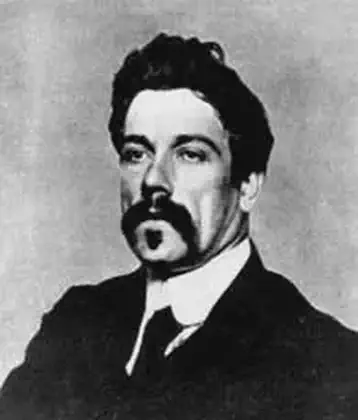
Her Majesty’s Yacht Britannia is the former royal yacht of the British monarchy. She was in their service from 1954 until 1997. She was the 83rd such vessel since King Charles II acceded to the throne in 1660, and is the second royal yacht to bear the name, the first being the racing cutter built for the Prince of Wales in 1893. During her 43-year career, the yacht travelled more than a million nautical miles around the world to more than 600 ports in 135 countries.
Now retired from royal service, Britannia is permanently berthed at Ocean Terminal, Leith in Edinburgh, Scotland, where it is a visitor attraction with over 300,000 visits each year.
HMY Britannia was built at the shipyard of John Brown & Co. Ltd in Clydebank, Dunbartonshire.
She was launched by Queen Elizabeth II on 16 April 1953, and commissioned on 11 January 1954.
The ship was designed with three masts: a 133-foot (41 m) foremast, a 139-foot (42 m) mainmast, and a 118-foot (36 m) mizzenmast. The top aerial on the foremast and the top 20 feet (6.1 m) of the mainmast were hinged to allow the ship to pass under bridges. Britannia was designed to be converted into a hospital ship in time of war, although this capability was never used.
In the event of nuclear war, it was intended for the Queen and Prince Philip, Duke of Edinburgh, to take refuge aboard Britannia off the north-west coast of Scotland.
John Brown and Company of Clydebank
John Brown and Company of Clydebank was a Scottish marine engineering and shipbuilding firm. It built many notable and world-famous ships including RMS Lusitania, RMS Aquitania, HMS Hood, HMS Repulse, RMS Queen Mary, RMS Queen Elizabeth and Queen Elizabeth 2.
At its height, from 1900 to the 1950s, it was one of the most highly regarded, and internationally famous, shipbuilding companies in the world.
Although Glasgow’s history as a major shipbuilding city made it a prime target for the German Luftwaffe, and despite the Clydebank Blitz, the yard made a valuable contribution in the Second World War, building and repairing many battleships including the notable and highly successful HMS Duke of York.
The first few years after the war saw a sudden reduction in warship orders, but it was balanced by a prolonged boom in merchant shipbuilding to replace tonnage lost during the war. The most notable vessels built in this period were the RMS Caronia and the royal yacht HMY Britannia.
More From This Day

John Millington Synge, poet, playwright, and student of Irish language and culture, is born in Dublin
April 16, 1871


The first regular stage-coach service between Dublin and Belfast commences
April 16, 1752


Sir Hans Sloane, physician and naturalist, is born in Killyleagh, Co. Down
April 16,1660